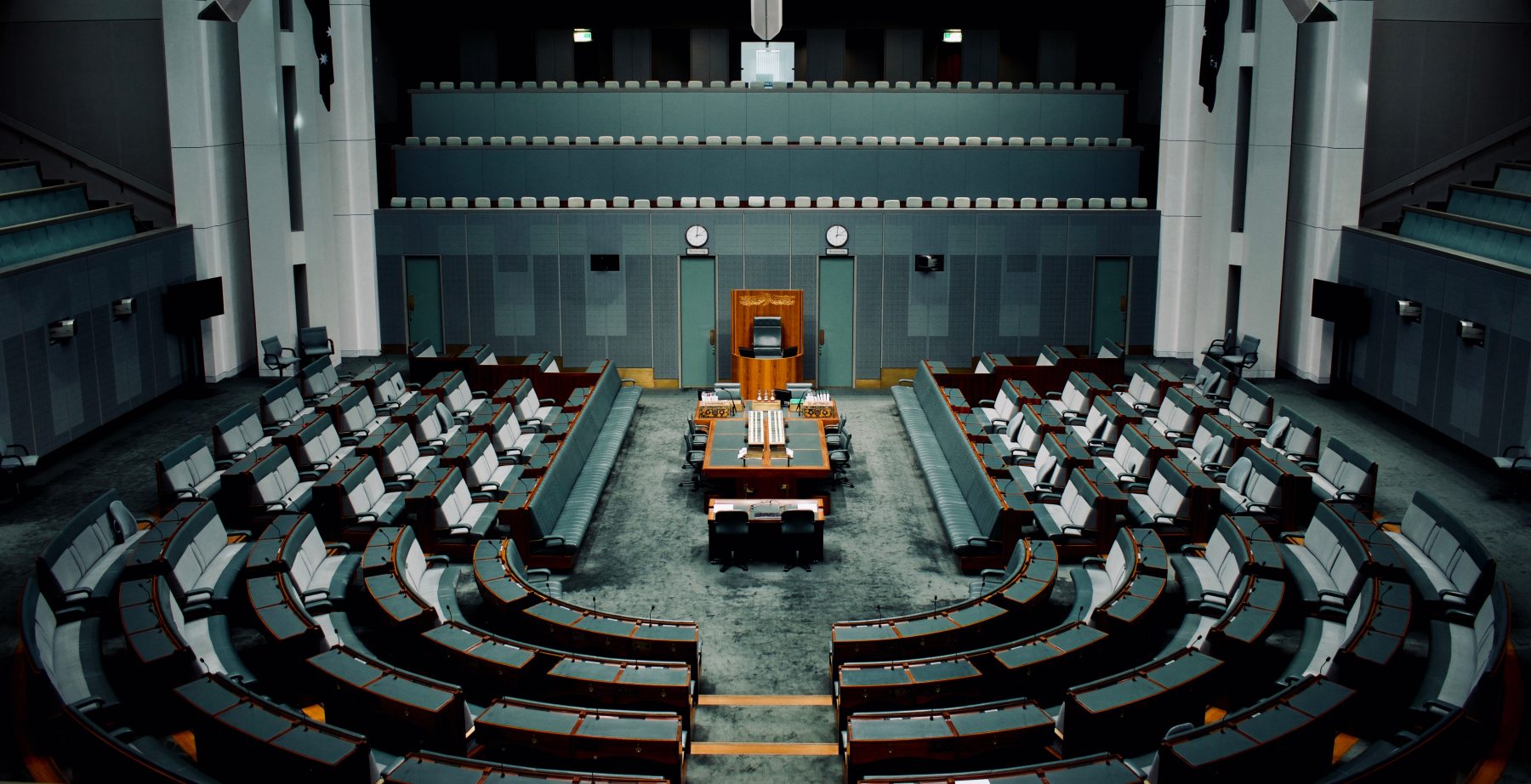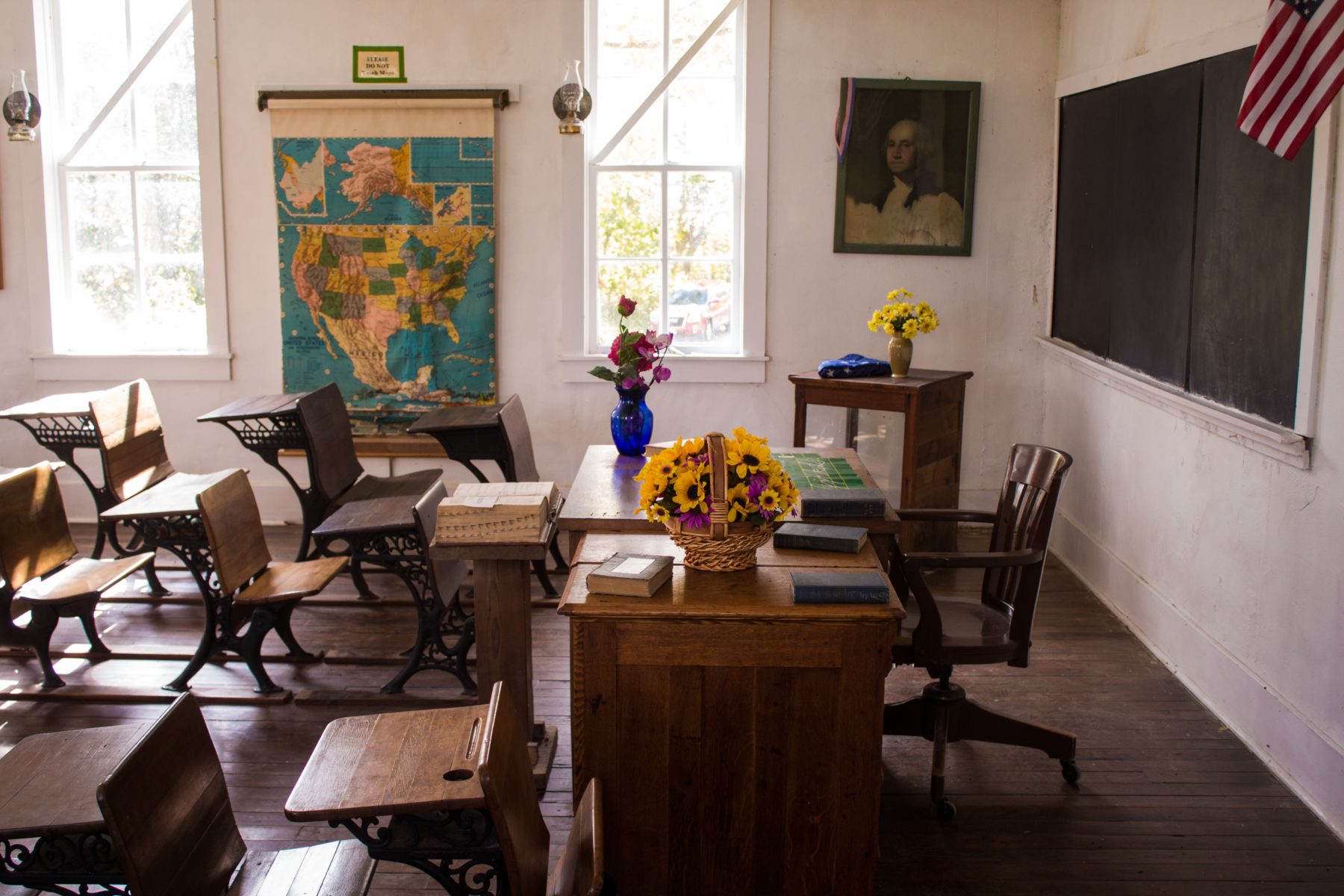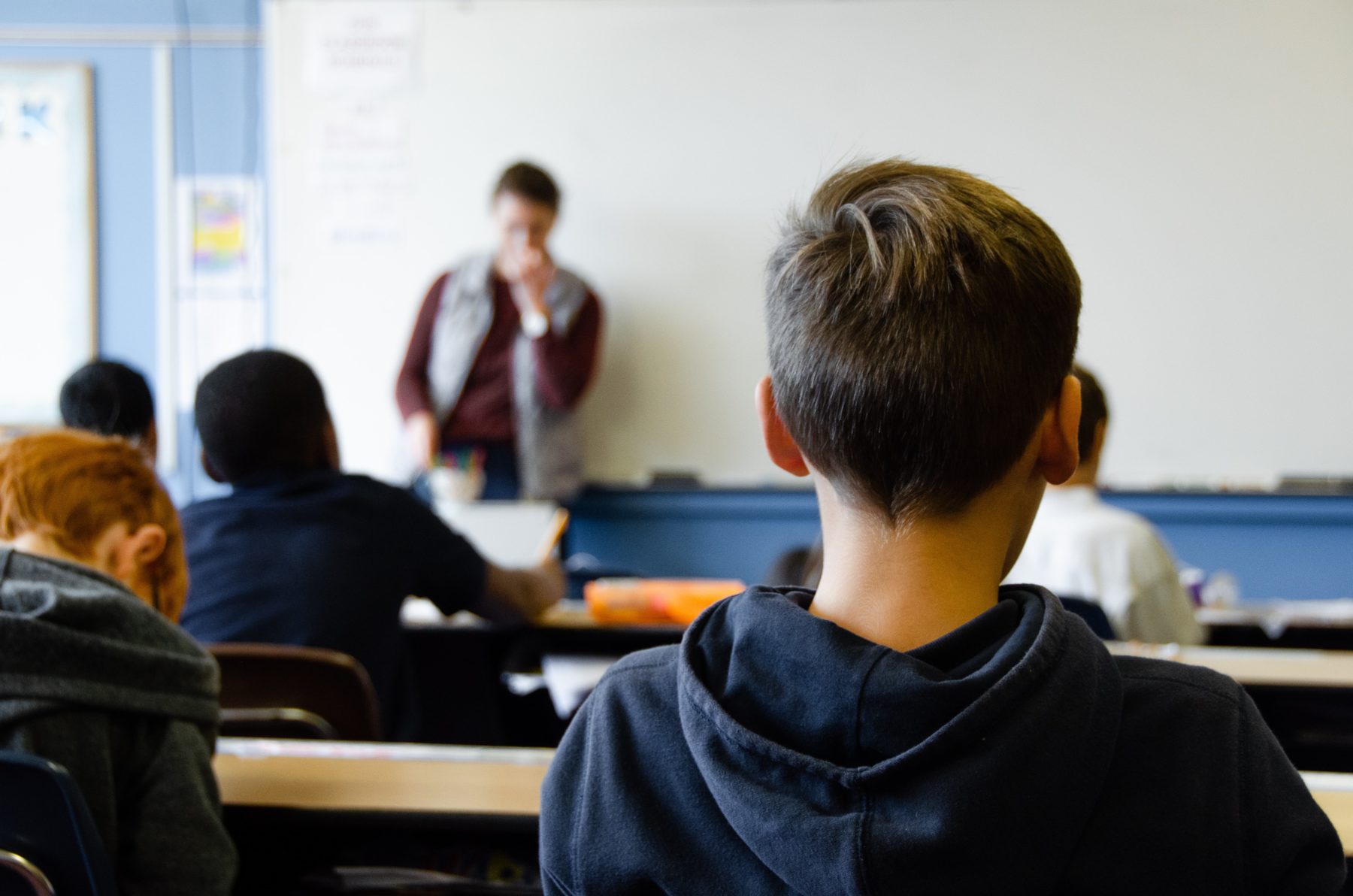How do we go about teaching respectful relationships? We caught up with Associate Professor Debbie Ollis to find out.
A holistic approach
This week we again witness the murder of a woman – Hannah Clarke, and her children at the hands of her intimate partner and father of her children.
Can respectful relationships education impact on what seems to be a constant reality of men’s violence?
At its root, gender inequality traces a line of power across the binaries.
Even these days, fiscal independence, religious freedom, and social autonomy are still withheld from many of the female-identifying and the gender diverse population.
Perhaps there’s hope: from 2016, respectful relationships education has been rolled out in schools Victoria-wide, its primary prevention is to end gender-based and family violence.
“What is different about the current approach is that we are working within a whole of government approach to deal with the structural nature of gender inequality,” says Associate Professor Debbie Ollis, from Deakin University’s School of Education.

“It requires examination of all social institutions, our medical system, our legal system, sport etc., to understand the drivers of gender-based violence and develop strategies to address it.”
If students for example, are going from school where they are examining respect and disrespect through language, to the football club and where they hear their coach say “Don’t play like a girl”, such sexist statements reinforce the social acceptability of this disrespect in a sporting environment.
It requires unpacking rigid gender stereotypes to see their long-lasting impact and outcome.
From such masculine organisational cultures, sexist and misogynistic behaviours can emerge – which frequently earn the perpetrators power and status.
It then becomes difficult for an active bystander to speak up and out against. So, our approach to addressing them needs to be broad and far-reaching.
“That’s why it’s important that the approach is consistent across the community.
“It’s not just the responsibility of schools, it’s the responsibility of all our social institutions to work towards gender equality so sexism and misogyny is viewed as abhorrent.”

A/Prof Ollis laments that, “Students need education to help them to recognise and understand that actions and behaviours that may seem just tradition and/or part of group mentality, reinforce the structural nature of gender inequality.
“The recent incident in which a group of boys from an elite private school were filmed on a tram chanting a violent, abusive and misogynist school song for sporting motivation, captures this taken for granted, tolerated, behaviour that has harmful effects on others.”
But, what are they learning?
For students, it’s the learning that is making a difference.
According to the Australian Bureau of Statistics, more than one in three Australian women aged over 18 has experienced violence since the age of 15.
“If we’re talking about what is a respectful relationship, that’s what students want to know and the core of what the education aims to build.”
From exercises that build-up a ‘relationship wall’ to weighing up if love defines a stable relationship, students are engaging in complex thinking.
In addition to critical analysis of social institutions and their lived experiences, their classroom experiences are helping them to ask questions, like what does it look like when humans interact, how is power involved and, most importantly, who holds it.
For some students, this can be a difficult topic to navigate without in some way feeling angry, resistant and at times responsible.
According to A/Prof Ollis, this needs to be approached with sensitivity and care, in a way that avoids individual blame.
One that takes a strength-based approach and enables students to see they can bring positive change into this space instead.

“We don’t want male students to feel personally attacked by these statistics and instead be proactive in this space – to understand it’s the structural nature of our society.”
Through her research, A/Prof Ollis recalls a conversation she had with a teacher, Kristy Lange, who was working with disengaged students.
The teacher explained to her students, and in particular the male students, ‘this as akin to climate change – it’s not your fault, but you do have to help to clean it up’.
Little wonder, then, that teachers are in the best position to do this work.
With an understanding of the curriculum, pedagogical expertise and knowledge of their students, teachers can help students make sense of the information they access intentionally and as part of their everyday digital platforms and work to develop their critical thinking skills.
“It is a sequential curriculum, developing knowledge, understand and skill that is built from a foundational curriculum that begins in the early years of schooling and focuses on social and emotional learning.
“This prepares students with the background to then examine in more complex ways, issues of gender, power, violence and how we treat people.”
It’s through these fundamental teachings that students can begin to understand not only their position but more importantly, that of people who identify as women, non-binary or gender non-conforming, who are often targets of gender-based violence.
The future of equity
It’s important for women to feel safe in every aspect of their societies.
The future we’re moving towards is an autonomous one that requires self-awareness and compassion for our fellow humans.
If we start thinking about the ways we construct gender, we can begin to tear down the behaviours that work to divide, alienate and harm our relationships.
The journey ahead could see the rise of ‘prevention infrastructure’. From creative industries to the courtroom, we can fund women’s participation in society.
What could this look like?

Well, the current Our Watch media awards could be expanded to see all newsrooms promoting gender equity along with their morning broadcast, litigators using respectful and equal interview tactics or even improved community planning to support how women experience the world.
So, what does A/Prof Ollis hope for the future of women, gender-based violence prevention and respectful relationship education?
“Thirty years ago, when I began this work, I kept a newspaper file.
“Recently, I rediscovered a clipping in which the author (Childs) said that: ‘In spite of efforts by churches, educators and legislators, and the gains made by the woman’s movement over the past 20 years, sexists and discriminatory attitudes towards women still proliferate and violent behaviour continues to be used to reinforce power difference and inequalities that characterise relationship between men and women,’” she says.
“What was significant about the assertion was that the article had been written in the 1991’, which meant that the extent of violence against women had not changed in over forty years.”
“For the future, I hope that someone like me, will stand up in twenty years’ time and say, ‘Can you believe that this behaviour was once considered acceptable?’”
For many of us, the road towards gender equity may be difficult.
But, it’s well worth it if it means we can level the glass ceiling.



